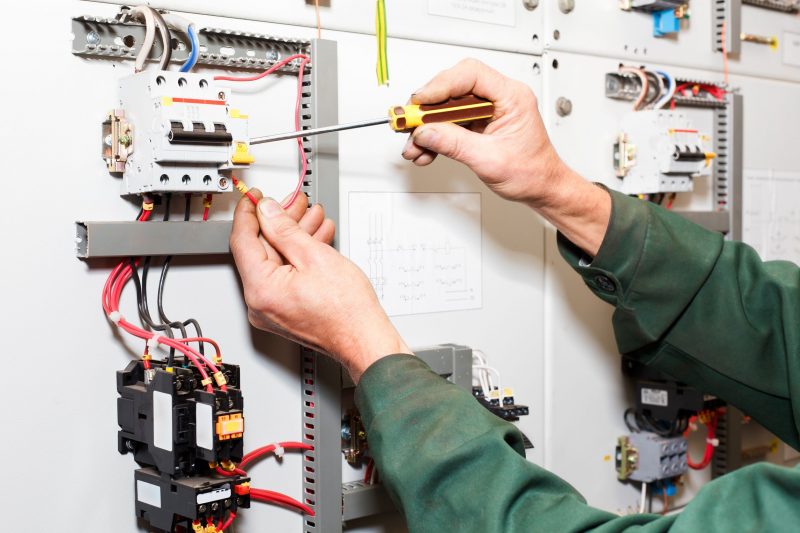Years ago, chokes were used on automotive carburetors to restrict air (increasing fuel concentration) to an engine, during the warm up period. However, most of today’s chokes are electronic components which serve an entirely different purpose. Let’s examine what a ferrite choke is, to give you a better understanding of its value today.
What Does Choke Mean?
When you choke something, you limit the flow of a substance. An electronic choking process suppresses or limits interference caused by high frequency components in a system. This is a very important consideration, because many electronic devices are used around communication systems, including television and radio broadcasts and interference can make it nearly impossible to enjoy these modern conveniences.
Why Ferrite?
Ferrite is a ceramic material with iron oxide and other metals combined. Iron can easily be magnetized and ceramic cannot, so you have a substance with the potential to be an insulator or a conductor. A ferrite choke or bead makes an excellent EMI (electromagnetic interference) filter, because high frequency electric current is dissipated within the ceramic. In fact, this kind of EMI filter is capable of blocking or dampening both incoming and outgoing interference.
Incoming Signals
Many electronic devices today utilize cables for bringing in power or signals. However, this same conductive cable may also work like an antenna and receive EMI from a wide range of home appliances. Without an effective filter, this would create a number of problems.
Outgoing Signals
Without EMI suppression, many electronic devices can unintentionally become broadcasting stations through cables or antennae. A ferrite choke is essential for sensitive equipment in healthcare facilities, used to monitor and analyze patient data like heartbeat, blood pressure, blood gases and body temperature.
When coils of conductive wire are added to ferrite beads, they take on the properties of an inductor and this increases their filtering capabilities, through impedance.








